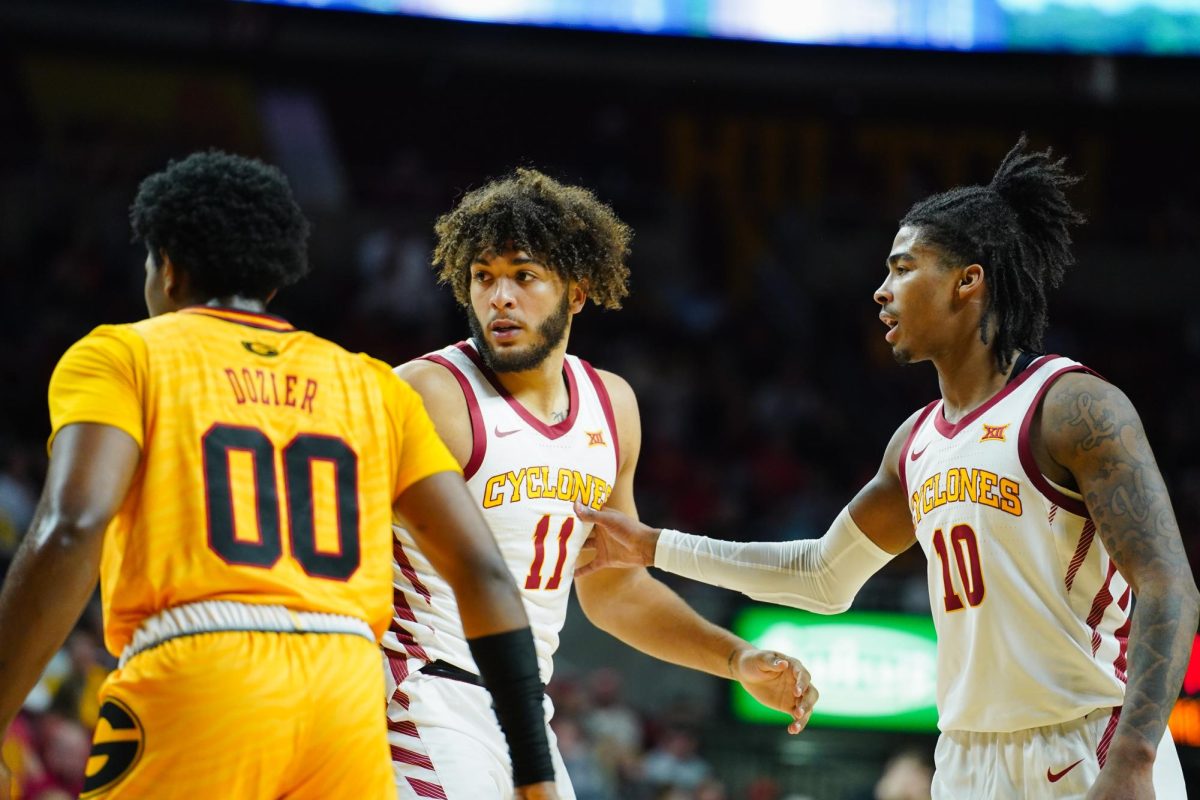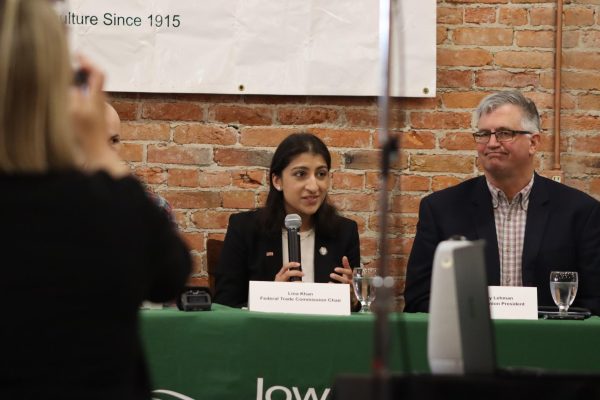Study shows brain waves, effects on customer decisions
January 31, 2011
Gerdin’s neuromarketing lab is functional for the first time after more than one year of construction.
Terry Childers, professor of marketing, is excited to continuing research in the facility, aiming to examine how brain waves play apart in consumer decisions.
“We started fall of last year,” Childers said. “I think we have a great facility. My feeling is that it’s the best facility in the country in a business school and we’re innovators in the sense that there is only one other lab like this in the country.”
Childers has been working on his research for about five years.
“We’re going to be able do some powerful research in the coming years,” Childers said. “We’re able to study consumer decision making at a much finer level.”
Kelly Moore, graduate in marketing, has been working with Childers as an assistant since fall 2009 and is in the process of being trained on how to operate the lab since its completion in December.
“I will be responsible for recording participants’ brain waves in response to certain stimuli, as well as analyzing data,” Moore said. “The goal is to use the electroencephalogram method to understand how and why people make decisions. In the method we use electrodes in a cap that we place on the person’s head that will capture brain signals which indicate parts of the brain are firing in response to certain activities.”
The cap applied to the participator’s scalp is used to get electric signals from the person’s brain.
“We measure the current which reflects when the brain is firing to make some kind of decision or judgment,” Childers said. “So we are able to not only get information that might come from a questionnaire from those individuals but also we can corroborate that with findings we get from the brain activities to go along.”
In neuroscience research such as this, there are two kinds of techniques that are used in the research.
“One is fMRI, taking pictures of the brain,” Childers said. “The other is electroencephalography, which is much better in terms of its ability to isolate different brain processes in terms of their timing. We can isolate less than 50 milliseconds, the pattern of activity in the brain.”
Childers has worked on several studies that he and his graduate assistants will be looking at in terms of the effects of pictures versus words have on a consumer.
“If you see an ad in a magazine or the newspaper or even on the Internet, some of it will be in graphic form, some of it will be in text form,” Childers said. “We’re interested in understanding to what extent the information that is conveyed through the picture interacts with what is presented in the text and how that information is utilized when people are making decisions about what restaurant potentially to go to.”
One study Childers conducted on dealt with studying on how well people that are highly anxious about math make decisions.
“We found that with the high math anxiety people, they’re less fluent in making decisions,” Childers said. “It seems kind of an obvious kind of finding, but in terms of being able to understand the nature of the fluency, the nature of their inability to easily process and use numerical information. We get a much more detailed understanding of that by being able to use the neuroscience that we have used in that particular study.”
Another study conducted had to do with how literacy affects consumer decisions.
“We’re trying to construct marketing communications that will be meaningful for those people as well as for those people who are capable of reading,” Childers said. “The information on the nutrition of food and terms of its label on the package, how that might be constructed in a way in which people that have a low level of literacy, how they can process that information so they can make more informed purchase decisions.”
Childers and his assistants are seeking additional funding for the lab.
“We have a current grant under review at the National Science Foundation and this semester we will be in the process of putting together proposal that we want to present to a company that might be willing to sponsor our lab and provide us with additional funding,” Childers said.
The purpose of the research is to look at problems consumers are facing and after studying them be able to solve those problems.
“Part of our research looks at areas in which to increase consumer well being like in terms of issues related to obesity, consumers who are visually impaired,” Childers said. “This research will then allow us to kind of give a better sense of what kinds of hurdles and obstacles are presented in their efforts to make better purchase decisions. Hopefully we can design messages that all consumers can understand more completely.”
















